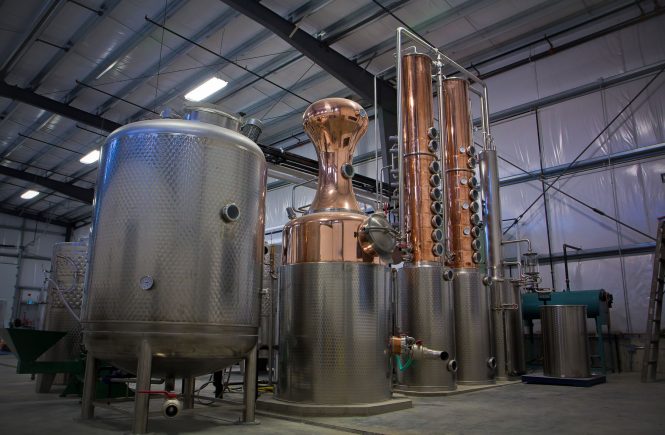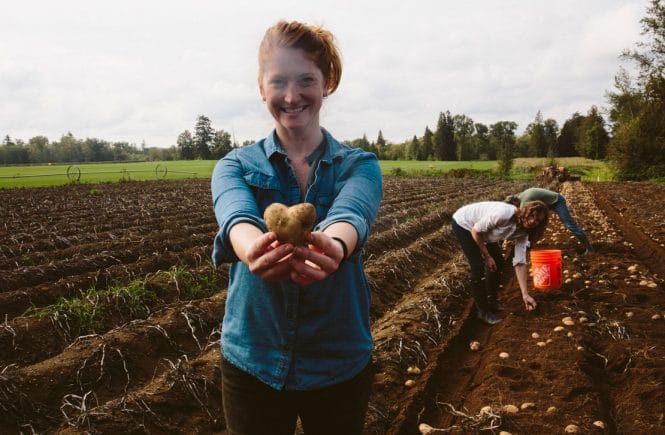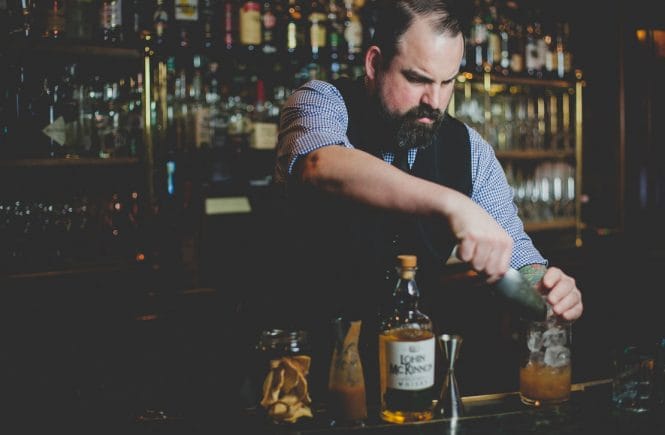The mysteries of NOLA’s signature cocktail
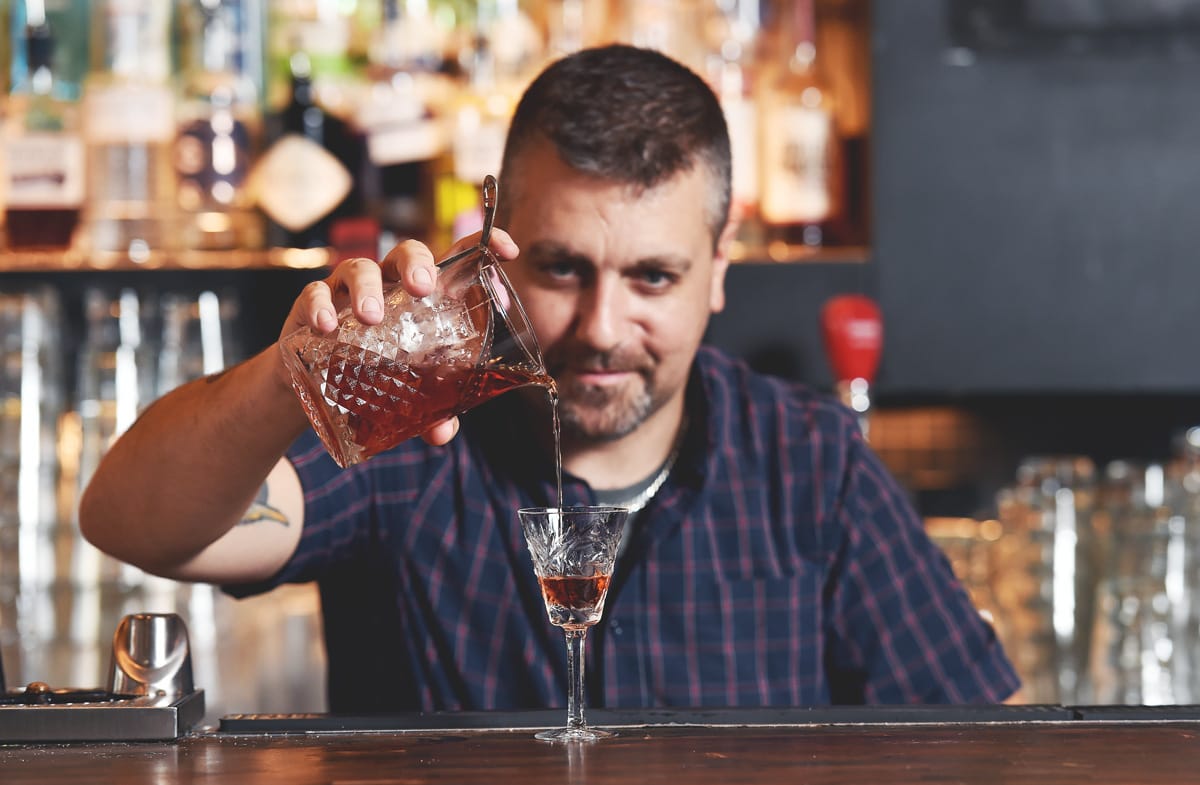
What is it with absinthe? Every time the herbal spirit gets involved, confusion and controversy seem to follow.
Take the Sazerac, one of the world’s oldest and greatest cocktails and since 2008 the official state cocktail of Louisiana. For decades experts as revered as Dale de Groff, King Cocktail himself, traced the origins of the first cocktail to this anise-scented variation on the Old Fashioned. Sadly, it can’t be true, since the word “cocktail” first appeared in print in 1806 and the apothecary who allegedly invented the Sazerac was only three years old at the time.
Still. It’s a good tale.
The way the story used to go, a man named Antoine Amedée Peychaud, descendant of wealthy Bordelaise physicians and Caribbean plantation owners, escaped the Haitian slave rebellions of the 1790s to open an apothecary shop on New Orleans’ Royal Street. He created a brilliantly hued digestive bitter that he made palatable by mixing it with brandy, sugar and a splash of absinthe, using an egg-shaped vessel called a “coquetier,” pronounced “kok-tay,” to do so. Say that a few times after a few Sazeracs, and you can see why people think that’s where the word “cocktail” originated.
Except it didn’t. While there’s no consensus on its origins, the word “cocktail” most likely evolved from horse racing terminology.
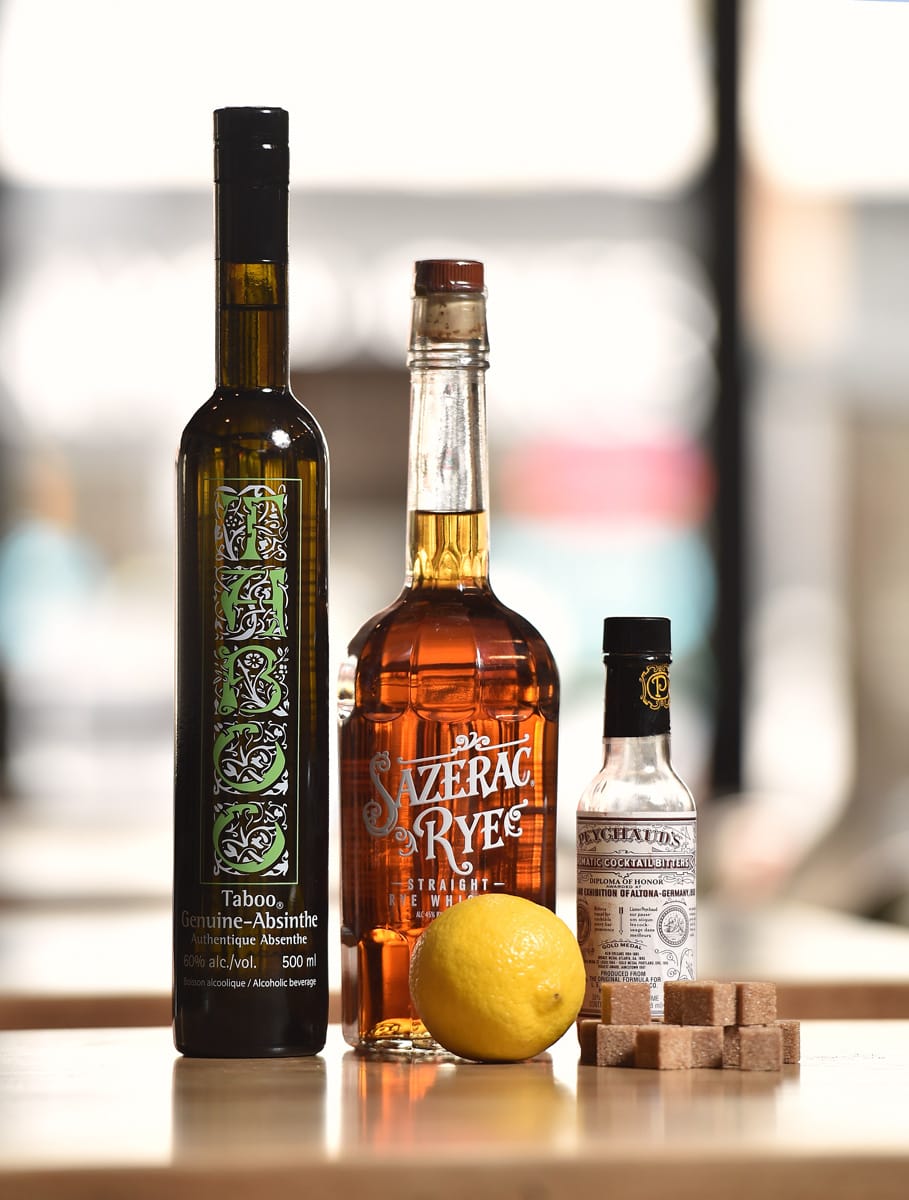
In fact, the Sazerac was likely invented in the 1830s, assuming Peychaud actually invented it, which he might not have. It’s said he concocted it at the Sazerac Coffee House, or that he used Sazerac-de-Forge-et-Fils Cognac, and that’s where the name came from. Or maybe not. Despite intensive research, legendary cocktail historian David Wondrich insists he has been unable to find a reference to a Sazerac cocktail until the 1890s. And that one was made with maraschino liqueur instead of absinthe. Still, the tall tales linger. As Wondrich has said, resignedly: “The record remains crooked.”
In any case, if there was a brandy drink made with Peychaud’s bitters in the 1830s, by the 1870s it had evolved into a whisky drink, most likely as the result of two historic events. During the American Civil War of 1861 to ’65, blockades prevented imported spirits from landing on U.S. shores; at the same time, phylloxera had begun methodically destroying European vines, leading to a shortage of brandy. A homegrown solution was needed, and the answer was sweetly spicy American rye.
For most of its existence, the Sazerac was made with neither its original spirit nor its main flavouring agent.
And then there’s absinthe, the overproof mountain-herb-infused spirit that’s used to rinse the Sazerac glass. It, too, became popular in the wake of phylloxera, when wine became too expensive for many people to drink casually. Absinthe became associated with a “louche,” even criminal lifestyle. Social conservatives claimed the wormwood in the spirit’s botanical mix contained an ingredient, thujone, that drove people mad. (It didn’t.) By 1915, absinthe was banned nearly worldwide and not legalized again until 2011. In the meantime, barkeeps turned to pastis such as Pernod, Herbsaint or Ricard.
That means for most of its existence, the Sazerac was made with neither its original spirit nor its main flavouring agent, and the guy credited with its creation may not have done so when or where they say he did, or at all.
Seems that the only thing that is isn’t a mystery about the Sazerac is how delicious it is.
—by Joanne Sasvari


